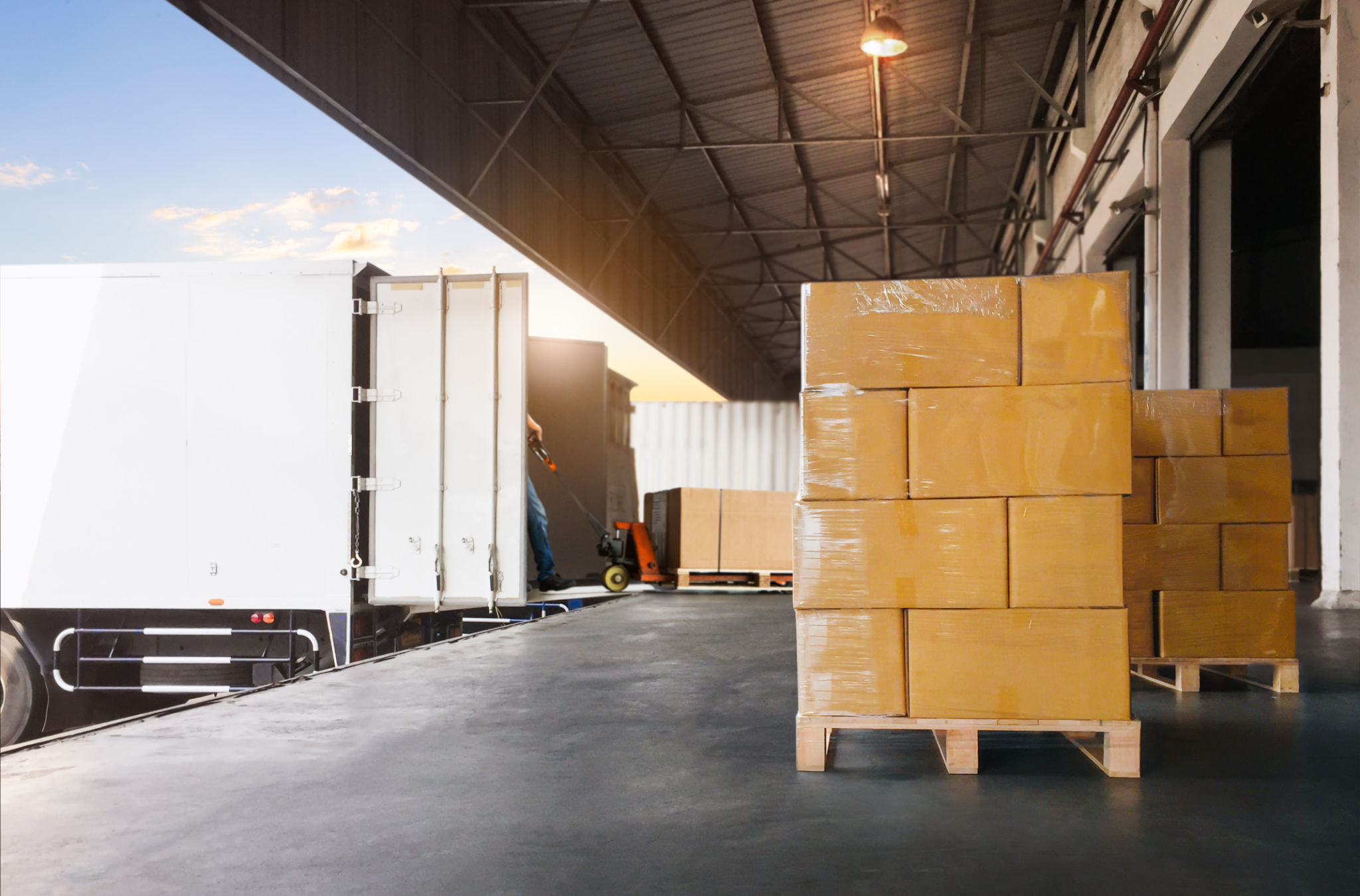How to Optimize Your Freight Shipping Costs: Expert Tips
Understanding Your Freight Shipping Needs
To optimize your freight shipping costs effectively, the first step is to understand your specific shipping requirements. Consider factors such as the type of goods being shipped, the destination, and the frequency of shipments. Knowing these details helps in selecting the most efficient and cost-effective shipping methods. Tailoring your approach based on your unique needs can lead to significant savings.

Choosing the Right Shipping Method
One of the most crucial decisions in freight shipping is choosing the right method. Options include air, sea, road, and rail, each with its own advantages and cost implications. While air freight is faster, it is generally more expensive compared to sea freight. Road and rail options may offer a balance between cost and speed depending on the distance and infrastructure available. Assessing these options carefully can lead to better cost management.
Utilizing Full Truckload vs. Less Than Truckload
When it comes to road freight, understanding the difference between Full Truckload (FTL) and Less Than Truckload (LTL) can impact your costs significantly. FTL is ideal for large shipments as it utilizes an entire truck, whereas LTL allows multiple shippers to share space, reducing costs for smaller loads. Choosing the right option based on your shipment size can help in cost reduction.

Leveraging Technology for Cost Savings
Incorporating technology into your freight shipping process can lead to substantial savings. Utilize freight management software to track shipments, optimize routes, and manage logistics efficiently. Such tools provide real-time data and analytics that can help in identifying cost-saving opportunities and improving operational efficiency.
Automation and Data Analytics
Automation in logistics processes can streamline operations and reduce manual errors, leading to cost savings. Additionally, using data analytics can help identify patterns in shipping routes and costs, enabling better decision-making and cost optimization strategies.

Negotiating with Carriers
Building strong relationships with carriers can lead to better negotiation opportunities. Engaging in regular discussions about rates, service levels, and potential discounts can be beneficial. Establishing long-term contracts with carriers might also result in reduced rates and prioritized service, which can significantly lower your freight shipping costs.
Understanding Carrier Pricing Models
Familiarize yourself with different carrier pricing models, such as dimensional weight pricing or zone-based pricing, to negotiate more effectively. Being informed helps in understanding the charges and finding ways to reduce them through better packaging or route optimization.
Optimizing Packaging
The way you package your goods can have a direct impact on shipping costs. Aim for compact and efficient packaging to reduce both dimensional weight and space usage in transit vehicles. Choosing the right packaging materials that provide adequate protection without unnecessary bulk can also help in lowering costs.
Eco-Friendly Packaging Options
Consider using eco-friendly packaging materials which are often lighter and more cost-effective. By reducing excess packaging weight, you can decrease shipping charges while also contributing to sustainability efforts.
